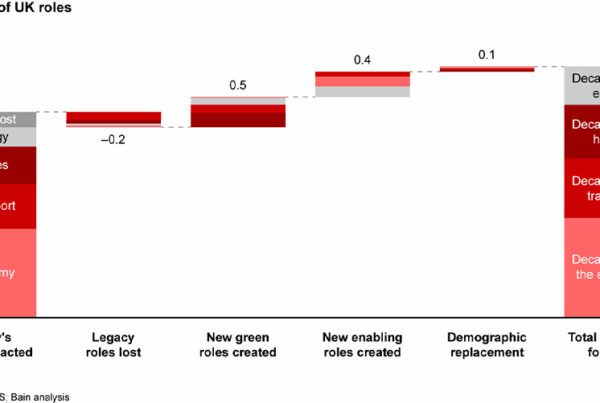The social and economic value of the global health and fitness is booming, according to a new report. In the UK, the market adds more than £3 billion to the economy, supporting over 50,000 jobs.
Around the world, the global health and fitness industry is expanding rapidly – as consumers look to continue their lockdown workout habits beyond the lockdown era. Health and wellness from home were high on the agenda during the height of the pandemic, with 30% of consumers intending to regularly work out at home even after lockdown measures eased.
This has seen individual demand for fitness apparatus grow across the board – and now a new study commissioned by The Global Health & Fitness Alliance (GHFA), in collaboration with IHRSA, has shown that the market boosts global GDP by £78.41 billion ($91.22 billion) per annum. The study, carried out by Big Four firm Deloitte, suggests that the industry is a major contributor to GDP and employment globally; while it has a number of indirect economic benefits too, as it raises activity levels in local communities, and reduces healthcare costs.

The UK is currently the joint-third largest market for health and fitness, when considering the industry’s penetration of its consumer base. Sweden leads the pack, with 34% of consumers investing in the health and fitness market; ahead of the US on 30%, and the UK and Australia, both on 23%.
In the UK, the presence of the health and fitness industry in 2021 translated to a direct value-add via taxable revenue of £2.58 billion (US$3 billion). Meanwhile, it and supported an additional £1.29 billion ($1.5 billion) in indirect value-added in its supply chain as well. All in all, it is projected to have supported 50,100 jobs across the country.
On top of this, Deloitte’s report explores the economic benefit for each inactive worker who becomes active – something which has been outlined by multiple reports before. The firm suggests that benefits of a more active workforce include a reduced risk of heart disease, stroke, hypertension, Type 2 diabetes, mental health issues, anxiety and a range of cancers, including breast, colon, bladder, kidney, lung and stomach.
At present, the researchers determine that inactivity costs the UK healthcare system £3.7 billion ($4.3 billion) a year. Of this, £3.1 billion ($3.6 billion) is covered by the public health system – putting additional strain on a health system that has still not recovered from the pandemic. Meanwhile, UK employers see some 43.8 million working days squandered, either due to absenteeism, or presenteeism (working while ill) – impacting productivity to the tune of £14.2 billion ($16.5 billion) annually.
By linking the impact of activity to GDP and healthcare costs, the report hopes to demonstrate how exercise adoption can remove a burden from the healthcare system, as well as increasing GDP. This is a link which economies seeing the fastest growth in the fitness market will hope to increasingly benefit from. Deloitte notes that the countries where the industry is growing fast are Hong Kong – where consumer penetration has hit 8% – as well as Singapore, on 7%.




